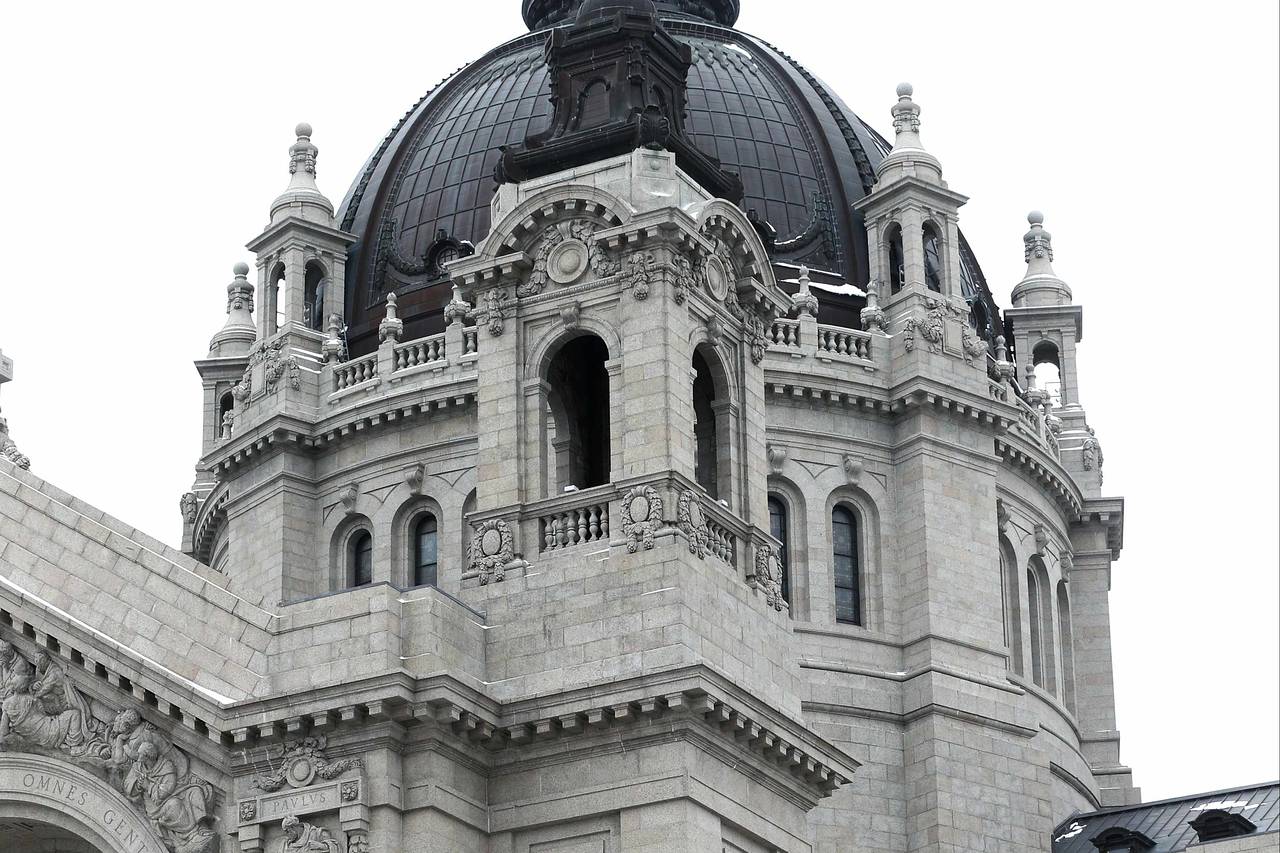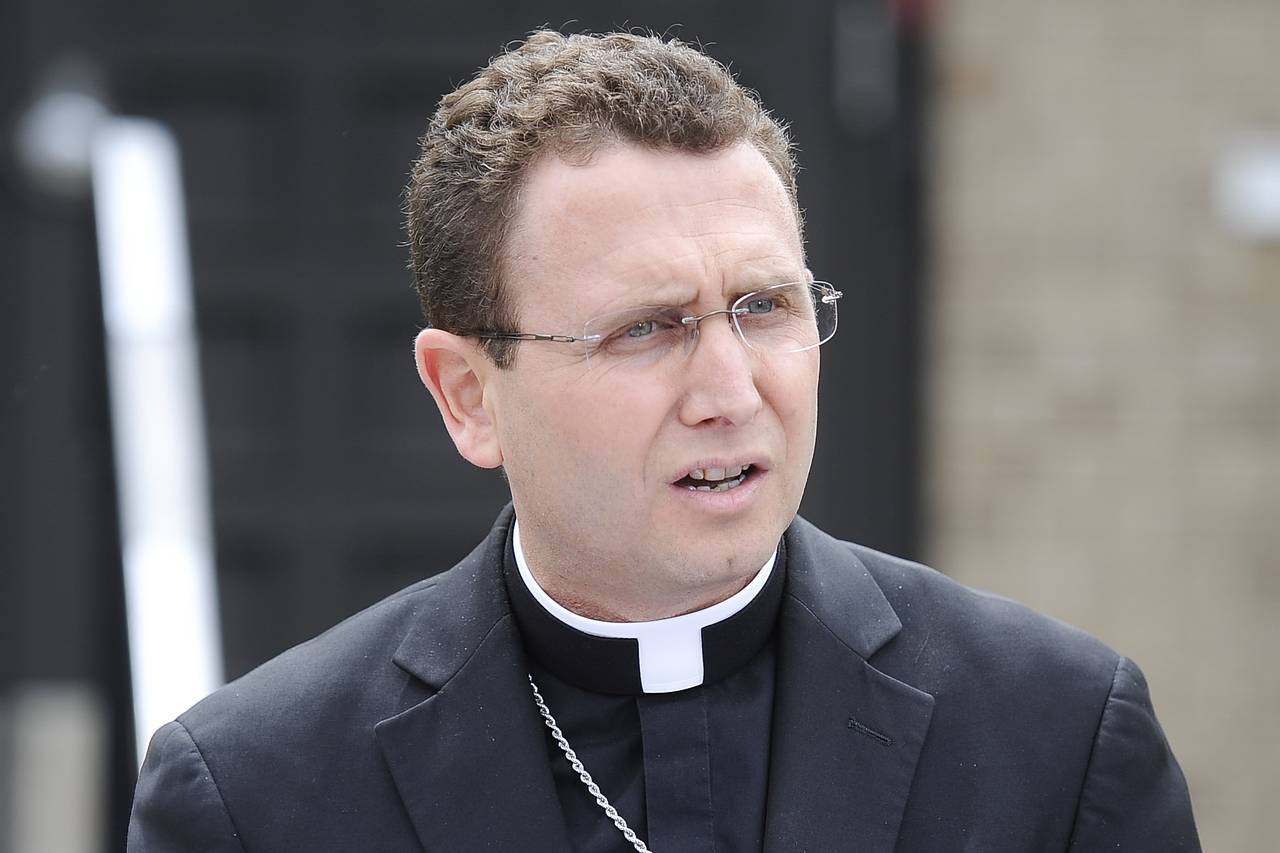Resignations, Criminal Charges Cloud Minneapolis Archdiocese’s Bankruptcy
By Tom Corrigan
The Roman Catholic Archdiocese of Saint Paul and Minneapolis, whose top two officials resigned Monday in wake of criminal charges over the alleged failure to protect children from abusive priests, is facing an unprecedented convergence of litigation that lawyers say will continue to pose serious challenges for the archdiocese’s leadership. In a statement Monday, Archbishop John C. Nienstedt, who stepped aside along with Auxiliary Bishop Lee Anthony Piche, said he resigned to give the archdiocese a new beginning. “My leadership has unfortunately drawn attention away from the good works of His Church and those who perform them,” he said. The resignations and recent criminal charges come as church leaders across the country continue to grapple with widespread allegations of child sexual abuse at the hands of clergy and related lawsuits. The abuse scandal has cost dioceses and other Catholic institutions in the U.S. nearly $2.9 billion since 2004 in compensation paid out to alleged victims, according to a recent report issued by the U.S. Conference of Catholic Bishops. “We’re at a new turning point, because we’ve never had criminal issues in the midst of a Roman Catholic bankruptcy,” said Patrick Wall, a former priest who now works for Jeff Anderson & Associates, a law firm representing a group of alleged abuse victims. “The system is converging and applying full pressure through civil, criminal and bankruptcy courts.”
The Archdiocese of St. Paul and Minneapolis, home to 187 parishes and 825,000 parishioners, filed for chapter 11 bankruptcy in January to halt several abuse-related lawsuits from going to trial. Since then, more than 200 abuse-related claims against the archdiocese have been filed, according to victims’ lawyers. Earlier this month, Minnesota officials brought criminal charges, unprecedented in their scope, against the archdiocese for its alleged role in endangering children. The charges allege church officials didn’t do enough to shield children from, among others, a priest eventually convicted of possessing child pornography and sexually abusing three boys. Nearly a dozen church officials were named but not charged. Minnesota prosecutors said the failure to respond to allegations of child abuse implicates “the highest levels of leadership of the Archdiocese of Saint Paul and Minneapolis over the course of decades.” Though the vast majority of abuse alleged in bankruptcy court claims occurred decades ago, the criminal investigation, which is ongoing, named much of the archdiocese’s recent leadership and its role in the alleged coverup of abuse as recently as 2012. “This is an incredibly complicated case at a very complicated and challenging time for the Archdiocese of Saint Paul and Minneapolis,” said Charles Rogers, one of the attorneys representing the archdiocese in its bankruptcy. Mr. Rogers declined to comment further. David Clohessy, the national director of the Survivors Network of those Abused by Priests or SNAP, said that Monday’s resignations would bring some comfort to Minnesota’s catholic community but noted that the criminal charges involved many other church officials. “Fundamentally it doesn’t guarantee reform,” he said of the archbishop’s resignation, adding that the criminal allegations against the diocese involve a number of current and former church officials. The criminal charges against the diocese and the recent resignation of its top officials could give lawyers representing alleged victims added leverage as they negotiate the terms of a bankruptcy-exit plan and compensation package for victims. The archdiocese, its insurance carriers and alleged victims were ordered to begin mediation shortly after filing for chapter 11 protection. “In terms of the archdiocese, this is going to call into significant question their credibility, and credibility is a critical aspect of any bankruptcy case,” said Robert Kugler, a lawyer representing a group of alleged abuse victims in the bankruptcy. Mr. Kugler said Monday’s resignations have helped to repair some of the damage to the archdiocese’s standing but only up to a point. “It still remains a serious issue,” he said. In a statement Monday, Archbishop Bernard Hebda, who is in line to succeed the Archbishop of Newark and who was appointed by Pope Francis to serve as the administrator of the twin cities archdiocese until a new archbishop is appointed, seemed to rule out any sweeping changes to the way in which the archdiocese has handled the mounting abuse-related lawsuits and subsequent bankruptcy. “The law of the church reminds us that an Administrator is not to introduce change, but rather to facilitate the smooth continuation of the ordinary and essential activities of the church, while advancing those positive initiatives to which the Archdiocese is already committed,” he said. In what could be the most far-reaching implication of the criminal charges, lawyers for alleged abuse victims are considering asking the court to authorize an outsider to take control of the archdiocese during its bankruptcy. Called chapter 11 trustees, such officials can be appointed either at the request of creditors or government watchdogs when corporations in bankruptcy or their officers are hit with criminal charges, according to Jonathan Lipson, a law professor at Temple University. Though such appointments are rare, Mr. Kugler said he hasn’t ruled out requesting a trustee, which would require approval from a bankruptcy judge and immediately raise a host of constitutional issues and other legal questions involving religious freedom. “We’re still reviewing the charges and analyzing their implications, but I believe all options have to be on the table,” he said. A spokesman for the Archdiocese of St. Paul and Minneapolis declined to comment on the potential appointment of a trustee. The archdiocese’s legal troubles could also create distractions for alleged abuse victims and their lawyers and could complicate their efforts to obtain compensation from the archdiocese and its insurance carriers. Much of what alleged victims recover in the bankruptcy will depend on the outcome of negotiations with the archdiocese’s insurance carriers. The criminal charges could complicate potential insurance recovery, since intentional or criminal actions are typically excluded by insurance policies. “The insurers are always looking for an out, and I’m sure they will try to use if this gives them some added leverage,” said Paul Richler, a lawyer and insurance coverage specialist not involved in the archdiocese’s bankruptcy. A spokesman for the archdiocese declined to comment on negotiations with insurers. In total, 14 Catholic dioceses and religious orders have turned to chapter 11 in the past decade to address waves of litigation related to alleged sexual abuse by priests and others, the vast majority of which allegedly took place decades ago. Catholic dioceses have used the breathing room offered by chapter 11 to negotiate settlements with alleged victims of sexual abuse by clergy members and others, deals that can total many millions of dollars and include nonmonetary forms of compensation such as the release of long-shielded church documents detailing the alleged abuse and subsequent coverup. —Ben Kesling contributed to this article. Write to Tom Corrigan at tom.corrigan@wsj.com
|
.
Any original material on these pages is copyright © BishopAccountability.org 2004. Reproduce freely with attribution.

